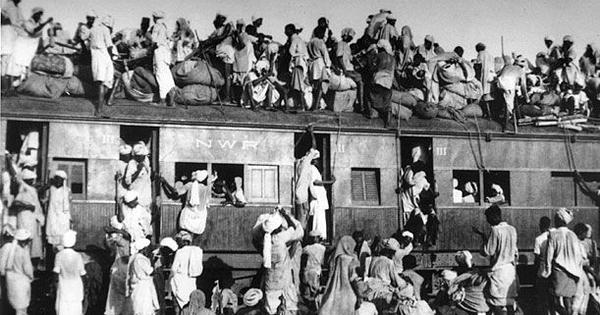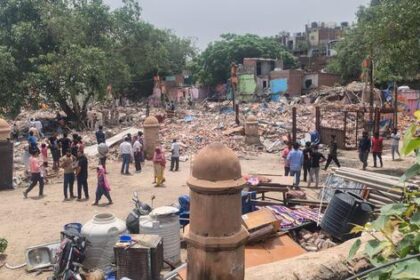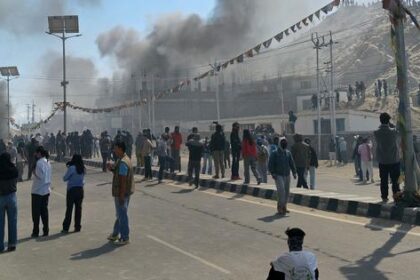Understanding the shared trauma and resilience of evacuees during the tumultuous times of Partition
The residents of Lahore experienced a morning filled with movement and noise as they observed a large group of Hindu and Sikh evacuees making their way to DAV College, the location designated for their camp. This organized caravan consisted of men, women, and children, accompanied by their limited possessions. The procession included numerous donkey carts, bullock carts, and camels, illustrating the urgency and scale of the migration. A military jeep patrolled the area, flanked by troops from the Baloch Military, ensuring the safety of the evacuees as they navigated through the increasingly tense zones of Lahore. The journey, fraught with challenges such as route diversions and river crossings, had taken longer than anticipated, stretching an already difficult trek into eleven days on foot for the Batra family.
Despite the harrowing nature of their journey, the family felt fortunate to have survived when many did not, as it was reported that around one million people lost their lives during the Partition. Upon arrival at the DAV College camp, they found themselves among other evacuees, all awaiting the next steps of their uncertain futures. Kesar Dass sought out Padam Singh, wanting to express his gratitude to the officer who had facilitated their evacuation. However, Padam Singh was not present, having left to organize another convoy amid the unfolding humanitarian crisis.
As dusk fell and the cold set in, small bonfires began to flicker around the college playground, casting shadows on the faces of those gathered. The warmth from the flames offered a brief respite from the chilling night air while simultaneously illuminating the collective trauma that marked the expressions of the evacuees. The atmosphere was thick with the scent of smoke and whatever scant food they could prepare. A sense of community emerged as everyone shared their limited provisions, embodying the Punjabi tradition of prioritizing the needs of others.
Amidst the gathering, stories of loss and survival began to unfold. An elderly man recounted the destruction of his village, forced to flee with only the clothes on his back. His trembling voice narrated the treacherous journey, filled with the fear of violence and the sorrow of leaving behind cherished memories. A young mother clutched her sleeping child and whispered of her husband’s murder during their flight. Her words resonated with silent nods and shared tears, signifying a collective understanding of their shared suffering.
As the night progressed, the bonfire served as a symbol of resilience and solidarity among the evacuees. Each shared story, whether of hunger, injury, or the burden of carrying younger siblings, emphasized the strength of the human spirit. Despite their grief, there were moments of admiration, such as for a young boy who refused to abandon his sister during their arduous trek.
For four days, the evacuees remained at the college camp, with many men volunteering to assist the newly arrived groups. Women took turns cooking and serving food, while young boys helped care for the elderly. The camp transformed into a community of survivors, unified by their shared experiences. Ram Lal, eagerly searching for familiar faces in the crowd, was overjoyed to see Radhe Shyam, a postman from Rodu Sultan. Their reunion brought a brief moment of relief amidst the chaos, as they exchanged news of those who had stayed behind and the ongoing struggles faced by their communities.
As the stories continued to unfold, it became clear that the evacuees, despite the trauma they endured, were not merely victims but individuals determined to support one another through their shared hardships. The spirit of togetherness, nurtured even in the darkest of times, highlighted the enduring strength of the human connection.








